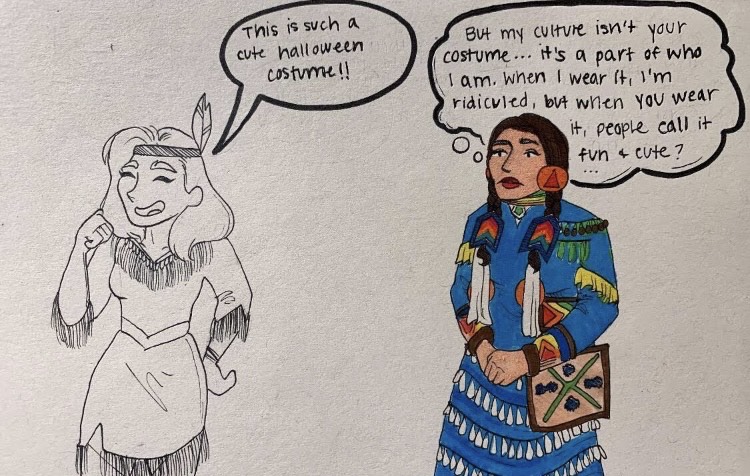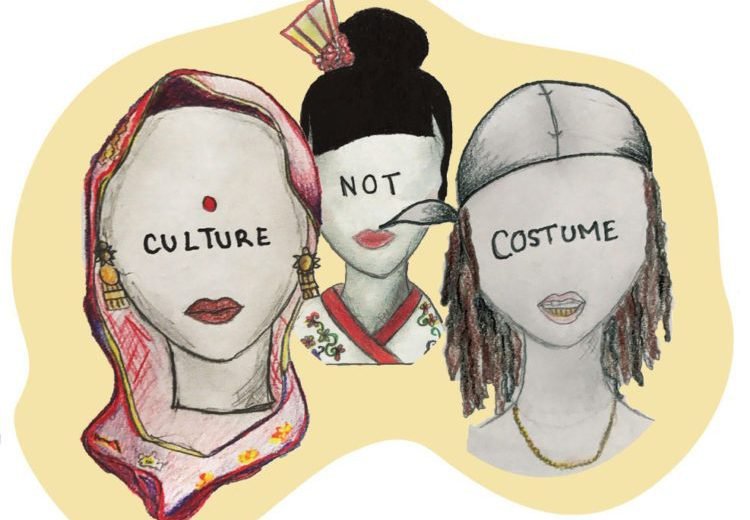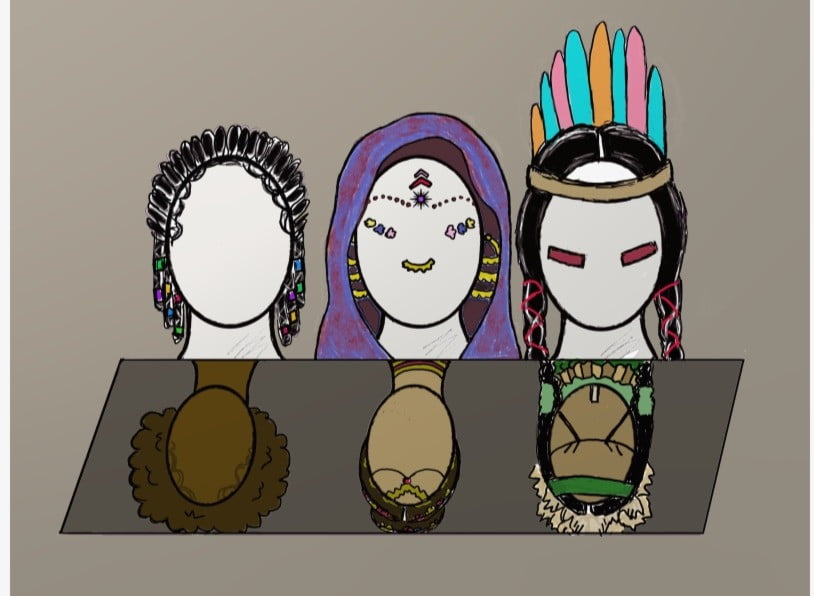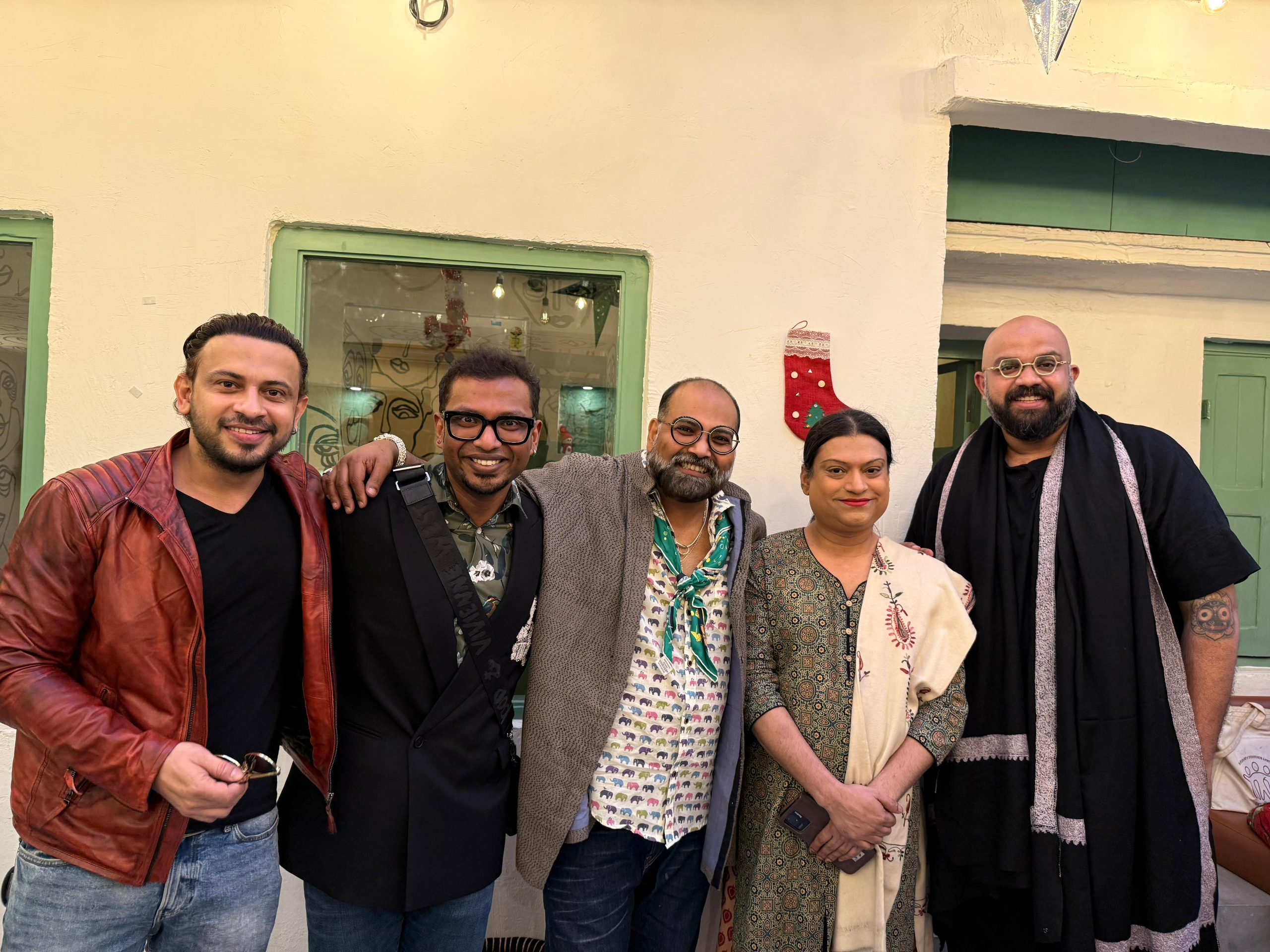Cultural appropriation went from being an esoteric concept within the academic and legal fields to a ubiquitous mainstream idea. Cultural appropriation is not the same as cultural appreciation. Cultural appreciation is an appreciation of forms different from one’s own in an attempt to broaden one’s knowledge and understanding and to be able to connect with others cross-culturally.
On the other hand, cultural appropriation is taking particular parts of a different culture such as certain items, aesthetics, and practices that have cultural significance and copying them, without consent or permission from the members and practitioners of the community. Those that culturally appropriate most likely do it simply because they enjoy the aesthetic of a culture, wish to make monetary profits, have some sort of personal interest or to gain popularity through tokenism.
Now that we have somewhat bifurcated the two, we ask the imperative question: how do we know when we are showing appreciation and honouring a culture, and when we are exploiting and monetising on it for personal gain?
![Opinion] Cultural appropriation escalates around the time of Halloween – THE EAGLE EYE](https://eagleeye.news/wp-content/uploads/2021/10/WqvspmqWzGPNZBoNHm31vi9Z8Hd2bR3vhLKtbF5H-1-900x625.png)
The principle difference is regarding consent or permission to share when it comes to cultural exchange. Fashion is a controversial area in which many conglomerate businesses, prominent fashion houses and famous individuals have received backlash and criticism for appropriating cultures.
James Young, a professor of philosophy at the University of Victory and author of Cultural Appropriation and the Arts, states that, “Full appreciation involves understanding.” Young provides an example of certain music styles, where he underlines that those practising a musical style should know about the history and conventions of the style and understand its purpose and what it is meant to express
It has been observed many times in music festivals such as ‘Coachella’ where crowds of people can be seen to be dressed in clothes that are not traditional to them. Within the fashion industry, Gucci back in 2019, was chided by the public for putting a £600 turban on sale. Many found this to be disrespectful and appropriatory of the Sikh community and culture, without rewarding them or mentioning the history of the accessory.
Dolce and Gabbana created an uproar when they posted a video where Chinese models were attempting to eat pasta and pizza for their Shanghai campaign. Many called the campaign blatantly racist and accused the fashion house of having little to no understanding of Chinese culture. Due to the scale of the negative response, Dolce and Gabbana were forced to post an apology video featuring the founders Domenico Dolce and Stefano Gabbana.
Influential personalities such as Kim Kardashian, Beyoncé, Katy Perry and many others have been held accountable by the court of public opinion, as their cultural exploitation was called out on social media.
Also read: Netflix’s Meenakshi Sundareshwar & The ‘Little Window’ To Cultural Appropriation

Fashion is universally accepted as a means of self expression, and many may feel that they are being shamed for simply dressing in a way that feels aesthetic to them when they are criticised for cultural appropriation. Thus, a White person wearing a bindi or wearing a saree might not be considered appropriate by many Asians, and this may be perceived by others as gatekeeping culture.
However, we must consider that culture in itself is not something that is globally shared. Different cultures exist within different communities and while this has cohesive powers within a community, the same cannot be said for those outside the community. This does not necessarily mean that culture cannot be shared.
James Young, a professor of philosophy at the University of Victory and author of Cultural Appropriation and the Arts, states that, “Full appreciation involves understanding.” Young provides an example of certain music styles, where he underlines that those practising a musical style should know about the history and conventions of the style and understand its purpose and what it is meant to express.
The line between freedom of expression and appropriation is very thin, thereby warranting that the artist interrogates their own intentions and credits the community whose aesthetics they borrow. It is also important to note that if a person from a privileged social location or gender identity uses the aesthetics of marginalised groups, thereby making profits, it is only fair that a share of the revenue is rightfully given to the respective communities the artist draws inspiration from
An individual who is guilty of cultural appropriation and also lauded for cultural appreciation would be the iconic musical artist Eminem, according to Young. As the musician is “accepted as a successful practitioner of an African American musical style by African American musicians. He respects the culture from which he has appropriated and is in turn, respected.”
Art is another area in which cultural appropriation is a mammoth issue. Many artists take aspects of another culture for their own purposes and artistic benefits. Cultural appropriation is undeniably tethered to aesthetics, especially in art. Many great artists such as Picasso, Gauguin and Matisse sculpted modernism from the art and artefacts of other cultures.
Maqbool Fida Husain was an eminent artist from India, whose art formed a bridge between ancient and modern tradition that helped revolutionise Indian modernism. But many saw fault with Hussain’s work, which included, depictions of Hindu deities, often nude, and this resulted in fury from those groups who believed his work to be sacrilegious and felt that Hussain was out of place, considering he did not belong to the religious community he was depicting on canvas.
The building anger from his critics culminated in Hussain’s home and gallery being ransacked and many of his paintings destroyed. He even faced lawsuits, where one of them accused him of ‘promoting enmity between different groups.’ Due to constant hate and harassment, Hussain was forced to live out his last couple of years in exile in Qatar and London.

Though the harassment and exiling of Hussain cannot be democratically justified, it is important to also look into the layers of cultural appropriation more nuancedly. The line between freedom of expression and appropriation is very thin, thereby warranting that the artist interrogates their own intentions and credits the community whose aesthetics they borrow.
It is also important to note that if a person from a privileged social location or gender identity uses the aesthetics of marginalised groups, thereby making profits, it is only fair that a share of the revenue is rightfully given to the respective communities the artist draws inspiration from.
While cultural appropriation forces accountability from those with superficial motives, it should also not take away opportunities to grow from those that wish to understand with respect. It is a mutual exchange of culture, visibility, amplification and respect, and we must keep that in mind when we approach different cultures.
Also read: Our ‘Ethnic/Tribal’ Printed Clothes May Reek Of Cultural Appropriation, Here’s Why
Featured Image Source: Shakeera Kelly
About the author(s)
Naureen is passionate about social politics, sustainable development and impact-driven economics.




